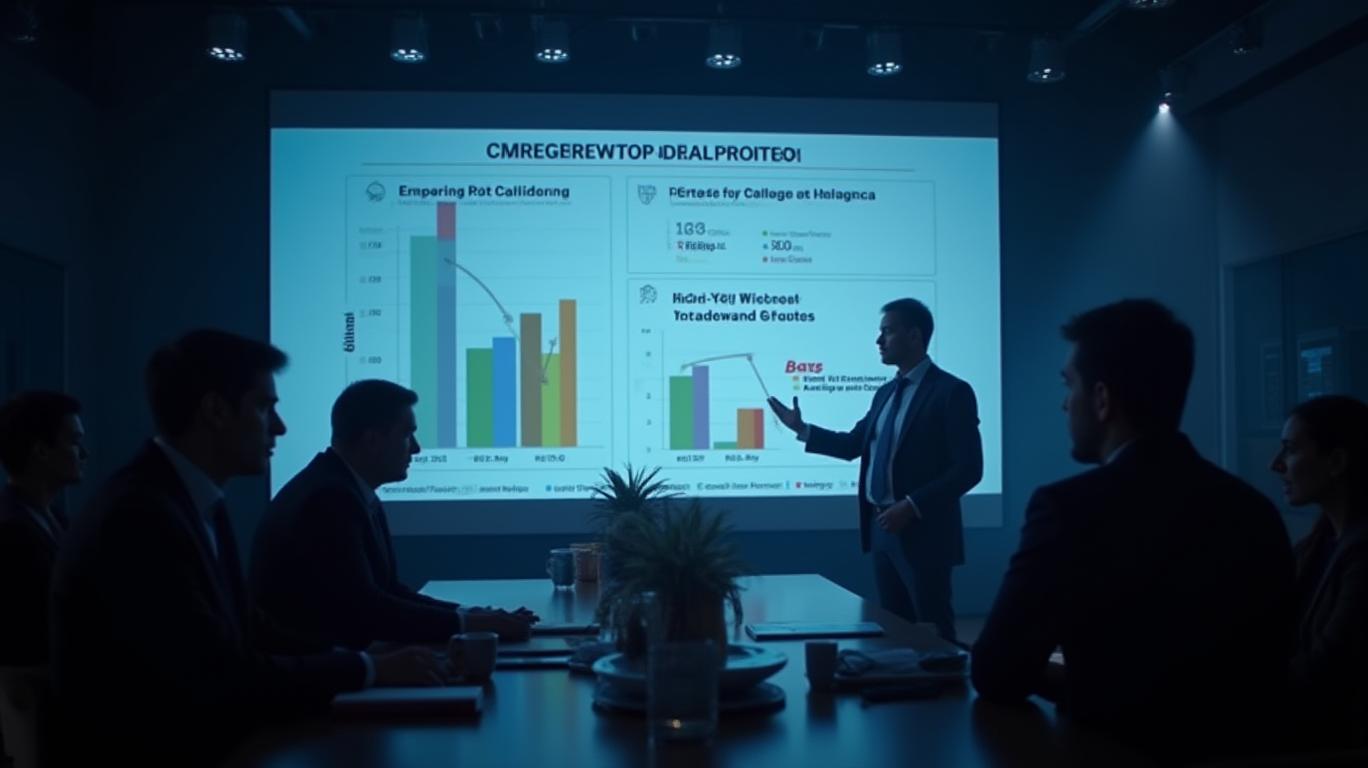WK Kellogg Faces Headwinds: Tariffs and Sales Slump Test Resilience
WK Kellogg (KLG) reported a disappointing first quarter of 2025, with net sales plunging 6.2% year-over-year to $663 million—well below analysts’ expectations of $679.5 million. The cereal giant also revised its full-year outlook, citing tariffs on imported raw materials and shifting consumer trends as key challenges.

Financial Performance: Missed Expectations
The quarter’s results were marked by a sharp drop in volume (-8.6%) amid reduced retailer inventories and weaker consumer demand. While price/mix improvements added 3% to sales, they couldn’t offset the decline. Adjusted EBITDA fell 4% to $72 million, though margins inched up to 10.8% from 10.6% in the prior year.
The earnings miss was stark: EPS of $0.20 fell far short of the $0.34 expected, and shares dipped pre-earnings before rebounding slightly to close 2.25% higher at $17.75.
Tariff Impact and Revised Guidance
The company explicitly flagged tariffs as a factor in its revised outlook. For 2025, organic sales are now expected to decline 2.0%–3.0%, widened from a prior 1.0% decline. The “modest” tariff impact relates to sourcing materials outside North America, though most production remains exempt from tariffs involving Canada and Mexico. However, WK Kellogg warned that these exemptions are not guaranteed long-term, and new tariffs could further strain results.
Adjusted EBITDA growth for 2025 was slashed from a projected 4%–6% to flat or a 2% decline. Analysts now anticipate full-year revenue of $2.71 billion, a 0.08% drop from 2024.
Management’s Response: Long-Term Focus Amid Headwinds
CEO Gary Pilnick emphasized the company’s commitment to a 500-basis-point EBITDA margin improvement target by 2026, driven by supply chain efficiencies and cost controls. He also highlighted strategic shifts to align with health-focused consumer trends, such as:
- A protein-forward relaunch of Kashi, offering 18g of protein per serving.
- A fiber-focused campaign across mainstream brands.
- A zero-added-sugar repositioning of Special K with enhanced marketing.
These moves aim to counter competition from smaller, health-centric brands and capitalize on rising demand for wellness products.
Risks and Opportunities
- Tariff Uncertainty: The most immediate risk is the potential suspension of tariff exemptions or new trade barriers. If exemptions lapse, input costs could rise further.
- Consumer Trends: The U.S. cereal market declined ~80 basis points in Q1, driven by value-seeking and wellness preferences. WK Kellogg’s health-focused relaunches may help, but execution is critical.
- Liquidity: A current ratio of 0.74 suggests short-term liquidity risks, though the company’s trailing ROE of 23% and margin improvement plans provide longer-term stability.
Investment Implications
While Q1’s results underscore near-term challenges, investors should weigh the company’s long-term strategy. The stock’s post-earnings rebound hints at confidence in its ability to navigate tariffs and consumer shifts. Key data points to watch:
- Q2 gross margin recovery: CFO Dave McKinstry noted Q2 would bear the largest margin impact from inventory adjustments, but stabilization is expected later in 2025.
- Distribution gains: New partnerships and product launches could drive a sequential sales rebound in the second half.
Conclusion
WK Kellogg’s Q1 stumble reflects broader industry pressures and external trade risks. While tariffs and soft sales demand immediate attention, the company’s focus on health-focused innovation and margin improvements positions it to capitalize on long-term trends. Investors should monitor tariff developments and the execution of its strategic initiatives. If the company can stabilize gross margins and regain share in health-oriented markets, its 2026 targets—and the stock—could regain momentum. For now, the path remains bumpy, but the ingredients for recovery are on the table.
Final Note: With shares trading at an EV/EBITDA multiple of 6.85x, the stock appears undervalued. However, the near-term outlook hinges on geopolitical stability and consumer spending trends. Stay tuned for updates on tariff exemptions and Q2 results.*


_442a2dcc1749832873286.jpeg)
_e68fac6d1749831664430.jpeg)





